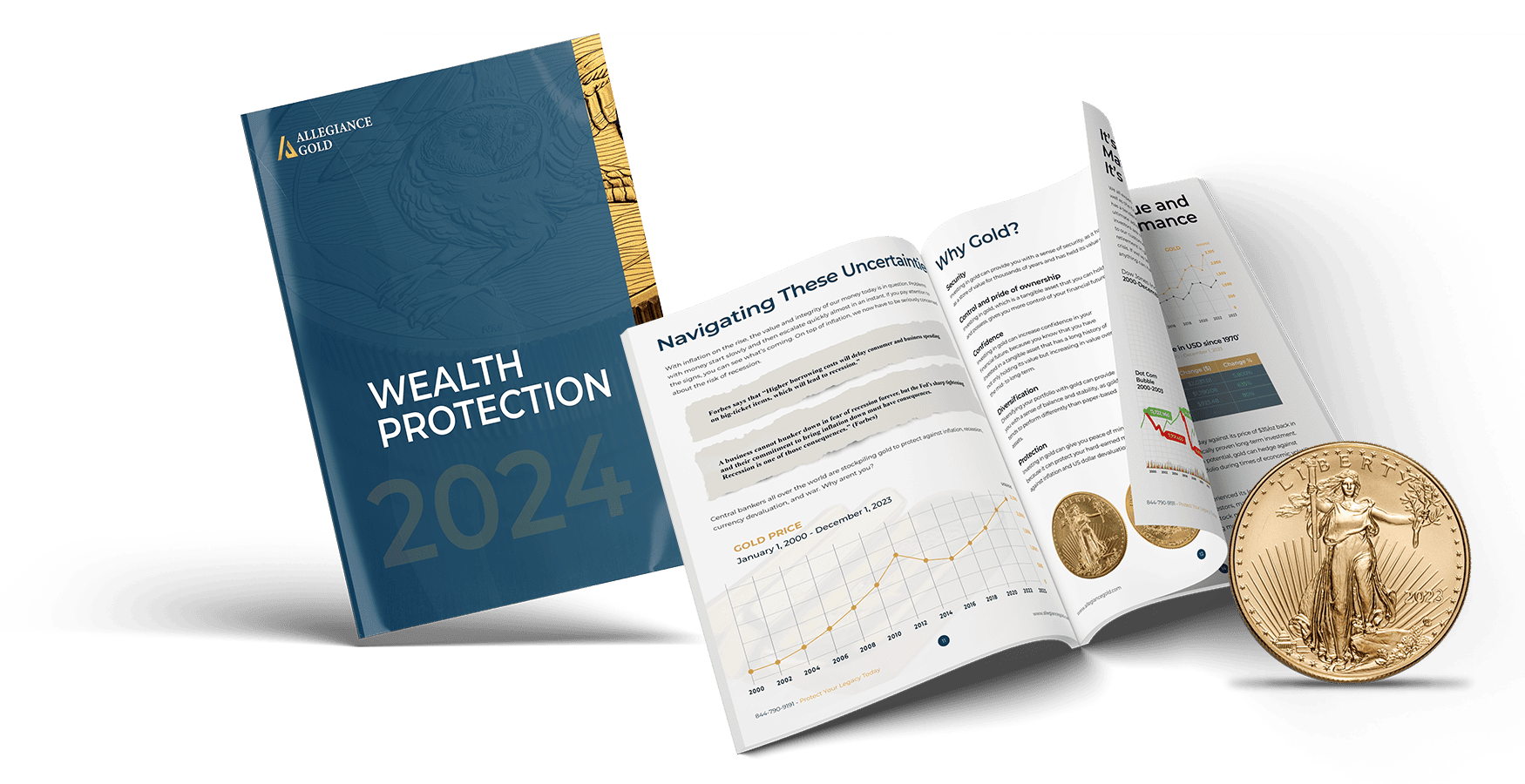On Wednesday, December 20, 2023, the stock market nosedived putting to an end its bullish momentum that came in the wake of the Fed’s more dovish approach to raising interest rates.
By the end of the day, all three major U.S. stock indexes showed losses, closing between 1.3% and 1.5% lower than previous-day levels. “Stocks, which were hovering near their all-time highs, seemed to hit a wall,” observed Jay Hatfield, a portfolio manager at InfraCap in New York. He further remarked on the swift nature of the downturn, saying, “The shift was remarkably swift—from a hot market to a cold one in no time.”
Hatfield further elaborated, stating that while the quickness of the selloff was a bit surprising, it was also understandable given the stock market’s climb in recent weeks.
However, there were two other identifiable factors that seemed to contribute to the stock market nosedive:
- FedEx, whose shares plummeted 12.1% on news that it fell short of quarterly profit expectations and cut its annual revenue projection.
- Adding a layer of complexity to the market’s movements, some analysts pointed to significant purchases of short-term put options on the S&P 500. These options, especially those guarding against the index dropping below the 4,755 mark, can amplify market volatility. Put options grant holders the right to sell shares at predetermined prices in the future, and their presence in the market can contribute to heightened fluctuations.
As investors and analysts scramble to fully understand the reasons behind this sudden market downturn, many are re-evaluating their portfolio strategies.
Amidst the chaos, the asset that has been gaining traction this year is gold. Typically, during market downturns or uncertainty, the money flocks to gold because it’s a safe-haven asset that, when included in an IRA or 401(k), not only diversifies the portfolio but protects and preserves it.
In fact, as retirement accounts have lost 25% of their value in the last 2-3 years, gold has increased almost 12%.
The Case for Gold Protection
Historically, gold has been viewed as a store of value and a hedge against inflation and market uncertainties. Here’s why investors might consider adding gold to their portfolios:
Diversification: Gold has a low (inverse) correlation with traditional assets like stocks and bonds. By adding gold to a portfolio, investors and retirees can potentially reduce overall volatility and enhance risk-adjusted returns.
Inflation Hedge: Gold has historically maintained its purchasing power over time while the US dollar has not. During periods of high inflation, the value of fiat currencies can erode, but gold tends to not only retain its value but appreciate, as well.
Safe Haven Status: In times of economic and geopolitical turmoil, investors often flock to safe-haven assets like gold. Its perceived stability can provide a buffer against market downturns.
Limited Supply: Gold is a finite resource, and its mining production is relatively stable. This inherent scarcity can support its value over the long term.
Conclusion
While the recent stock market plunge has rattled investors, it’s essential to approach the situation with a calm and strategic mindset. Understanding the underlying factors driving the market’s volatility is crucial for informed decision-making.
Gold, with its historical resilience and potential benefits as a portfolio diversifier and hedge, presents itself as a compelling option for investors seeking to safeguard their wealth in uncertain times.



 Gold Products
Gold Products Silver Products
Silver Products Platinum
Platinum